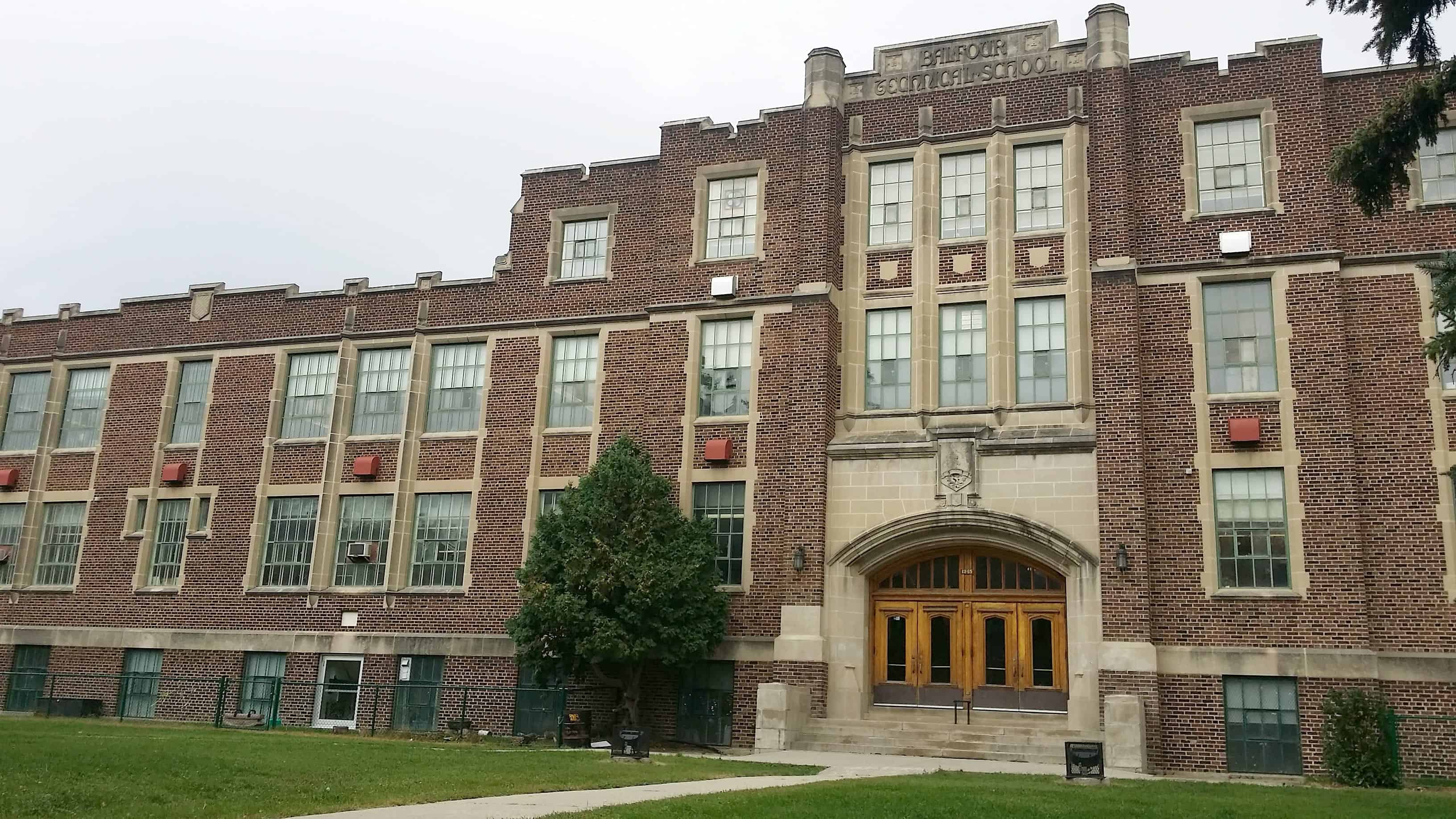After the Emergency Measures Act, what comes next?

An inquiry yet to come
On February 14, 2022, Prime Minister Justin Trudeau invoked the Emergencies Act to deal with the ongoing occupation and border blockades in Ottawa. The Emergencies Act allows the federal government to exercise temporary special powers that might not be appropriate in normal circumstances to deal with matters of national security. However, the actions taken under the act are still subject to the Charter of Rights and Freedoms, and governments are not allowed to suspend civil liberties. There are five different types of emergencies outlined in the act: national emergencies, public welfare emergencies (such as natural disasters), public order emergencies, international emergencies, and war emergencies. This is the first time the legislation has been used since it replaced the War Measures Act in 1988, and its use has become controversial, much like when Justin’s dad, Pierre Trudeau, used the War Measures Act in the seventies to deal with the FLQ in Quebec.
The use of the Emergencies Act allowed the government to make the area in front of Parliament Hill a prohibited assembly space which allowed the protesters to be removed. It also allowed the RCMP to share information about the convoy supporters with financial institutions and have accounts frozen. Just 10 days after the act was put into motion, Trudeau revoked it, releasing a statement that said he believed the situation had reached a point that the province could now deal with it on their own. Nearly 200 people were arrested during the act, and almost 400 are facing charges, with most of the organizers already behind bars.
The use of the act has been controversial, with many people actively and publicly disagreeing with Trudeau’s choice to use it. Some experts have said that the criteria were not met to declare a national emergency. Some premieres, including Scott Moe and Jason Kenny, actively fought against it and threatened to pursue legal action against the government.
“I think this is a question that’s always there, is the provincial government actually opposed to the use of this act for issues of principle or issues of policy, or is it simply grandstanding against the federal government, particularly if they are near elections and all those things, or is it a combination of them? So I think there’s a bit of both in the cases of Alberta, and Saskatchewan under premier Moe and Kenny.” says Dr.Allan Tupper, a professor of Political Science from the University of British Columbia who specializes in Canadian politics.
Now that the act has been revoked, its use will be subject to review, and some organizations are still pursuing legal action against the government. A joint committee of parliamentarians will review the use of the act and, within 60 days, the circumstances leading up to it will also be reviewed. Regardless of opinion, Trudeau’s use of the act sets a precedent for its application in the future. When asked, Dr. Allan Tupper said “Of course, it will obviously always set precedents. In some people’s minds, this precedent is that this was a prime example of a case where the act should not have been invoked. It did the following things, and it impacted this, and the following resulted in the following problems. And those who have the opposite view will see it as a precedent about the positive use of the act and see here’s how you can really see it as differentiated from the war measures act, which was out of date at that point.”
The War Measures Act was replaced in 1988. The act itself did not account for the newly entrenched Charter of Rights and Freedoms and still allowed for civil liberties to be suspended. The War Measures Act also did not require consultation from the provinces of parliament’s approval as the cabinet was authorized to act alone when the act was used. After Pierre Trudeau used it, he promised to review its use, but his Liberal government was defeated with it untouched. Brian Mulroney’s Conservative government repealed and replaced the act.
Following two years of political turmoil due to the coronavirus pandemic, it can be hard not to wonder why Trudeau chose to use it now instead of during the height of the pandemic. “The act is made for particular circumstances and you have to be very careful. It would not stand either judicial review, parliamentary pressure, or public opinion if federal governments began to use it routinely. It is for extra extraordinary purposes, and the act makes it very clear,” says Dr. Allan Tupper. “It lays out a set of criteria which justify its use, and those are obviously subject to debate and so on, but it’s got a structure to it that makes it difficult to use it for ongoing governance problems, and it really does demand a much higher test. So, I mean, you have very clear political limits, and you just can’t go around sort of saying, well we’re worried about the pandemic, we’re calling the Emergencies Act.”
The Emergencies Act is arguably the most powerful piece of federal legislation. Its use is nothing to be forgotten about, and its controversial nature will for sure be used as firing power in the next election. But the act did what Trudeau wanted, and the border blockades and occupation of Parliament Hill have ended. Only time will tell the full impact it will have.










